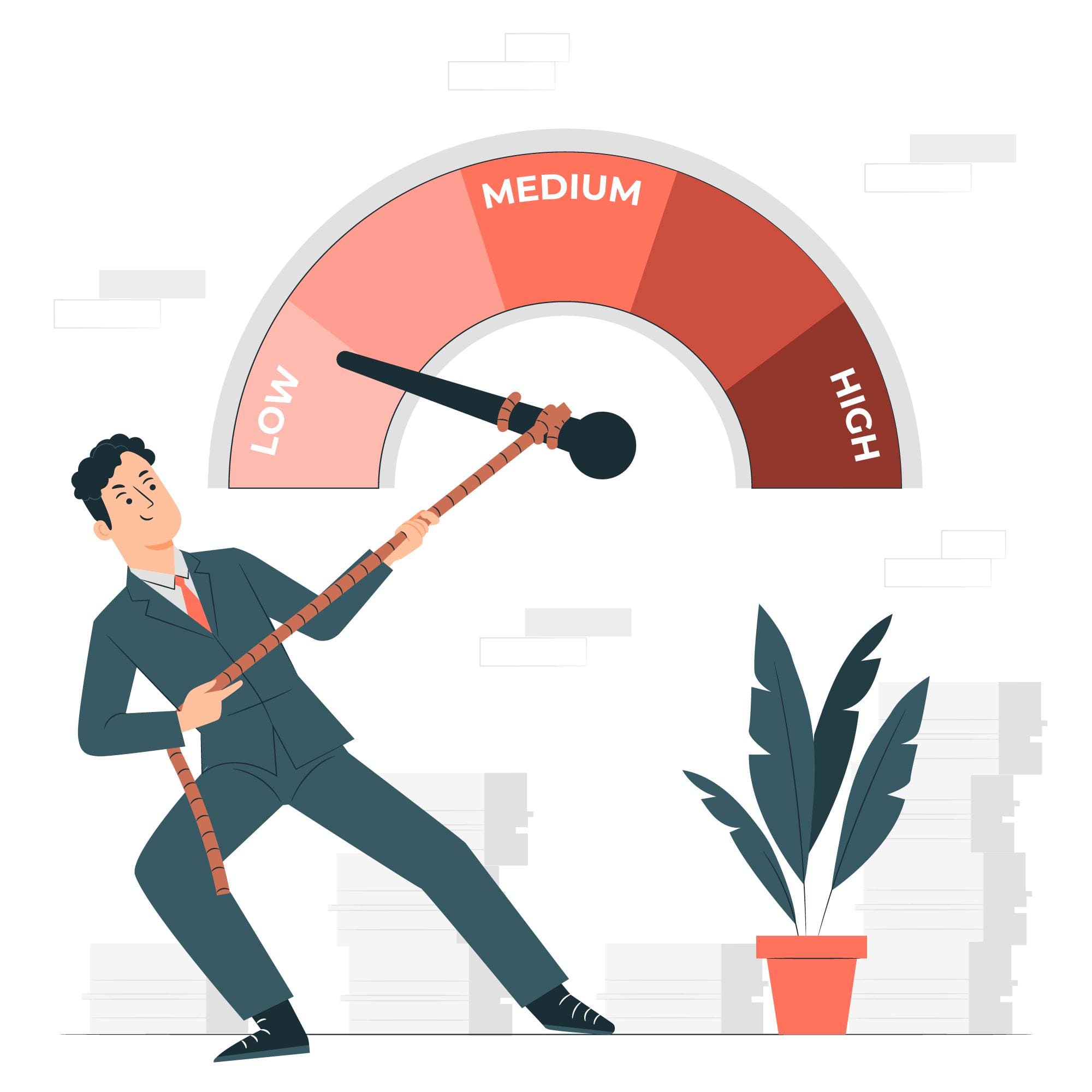Role and Responsibilities of a Project Manager

The role of a project manager is crucial in overseeing and ensuring the successful completion of a project.
Here are the detailed responsibilities and examples of what a project manager typically handles:
1. Project Planning:
- Define project scope, objectives, and deliverables.
- Develop a comprehensive project plan, including timelines, milestones, and resource requirements.
- Identify risks and create risk management strategies.

Example: A project manager leading the implementation of a new software system would collaborate with stakeholders to define the system’s functionalities, create a detailed project plan with specific milestones, allocate resources, and identify potential risks related to data migration or system integration.

2. Team Management:
- Assemble and manage a project team with the right skills and expertise.
- Assign tasks and responsibilities to team members.
- Foster collaboration, provide guidance, and facilitate effective communication within the team.
Example: In a construction project, the project manager would recruit and manage a team of architects, engineers, contractors, and subcontractors. They would assign tasks, ensure effective communication among team members, and provide necessary support and guidance throughout the project.
3. Stakeholder Management:
- Identify project stakeholders and understand their expectations.
- Communicate project progress, updates, and potential issues to stakeholders.
- Manage stakeholder relationships and address their concerns.

Example: A project manager leading the development of a new product would engage with stakeholders, such as marketing teams, sales teams, and customers. They would regularly communicate updates on the product’s development, gather feedback, and address any concerns or requests from stakeholders.

4. Risk Management:
- Identify potential risks and develop risk mitigation strategies.
- Monitor and evaluate project risks throughout the project lifecycle.
- Implement contingency plans to minimize the impact of identified risks.
Example: A project manager in a manufacturing project would identify risks related to supply chain disruptions, quality issues, or regulatory compliance. They would develop risk mitigation plans, closely monitor risks, and have backup suppliers or alternate manufacturing processes ready to minimize the impact of any identified risks.
5. Project Execution and Monitoring:
- Ensure the project is executed according to the defined plan and within allocated resources.
- Monitor project progress, track milestones, and manage changes.
- Address issues and take corrective actions to keep the project on track.

Example: The project manager of a marketing campaign would oversee the execution of various marketing activities, track progress, and monitor the campaign’s performance against established key performance indicators (KPIs). They would make adjustments to the campaign strategy, reallocate resources if needed, and ensure that the campaign meets its objectives.

6. Budget and Cost Management:
- Develop and manage the project budget, including cost estimation and tracking.
- Control project expenses and ensure cost-effective resource allocation.
- Identify and address cost overruns or budget constraints.
Example: In an infrastructure development project, the project manager would create a detailed budget that includes costs for materials, labor, permits, and equipment. They would monitor expenses, track costs against the budget, and take necessary actions to address any deviations or potential cost overruns.
7. Communication and Reporting:
- Establish effective communication channels and ensure timely and accurate project information flow.
- Prepare regular project status reports for stakeholders and management.
- Conduct project meetings and facilitate collaboration and information sharing.

Example: A project manager in an IT project would facilitate regular team meetings, communicate project updates to stakeholders, and create progress reports that highlight key milestones, risks, and issues. They would ensure that relevant project information is shared among team members and stakeholders in a timely manner.

8. Project Closure and Evaluation:
- Ensure a smooth project closure, including handover of deliverables and project documentation.
- Conduct a project evaluation to capture lessons learned and identify areas for improvement.
- Celebrate project success and acknowledge the contributions of the project team.
Example: After completing the implementation of a new software system, the project manager would ensure that all documentation, user manuals, and training materials are handed over to the client. They would conduct a post-implementation review to evaluate the project’s success, gather feedback, and identify lessons learned for future projects.
These responsibilities demonstrate the broad range of tasks that a project manager is responsible for throughout the project lifecycle. The specific role and responsibilities may vary depending on the organization, industry, and project complexity.